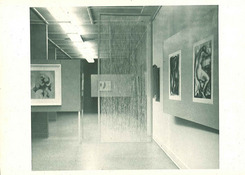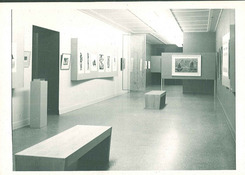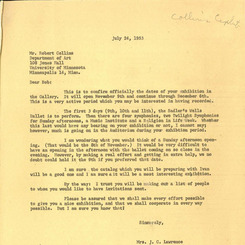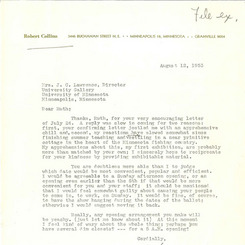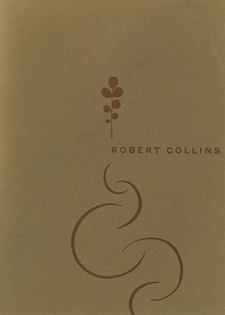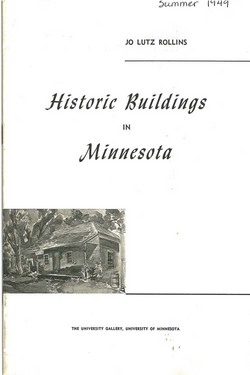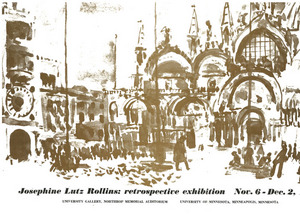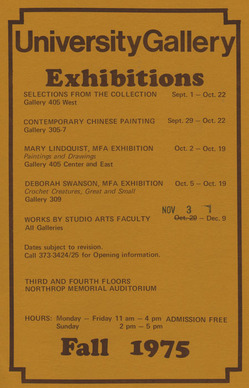 Found: A poster announcing fall exhibitions at the University Gallery, 1975.
Found: A poster announcing fall exhibitions at the University Gallery, 1975.
Curious as to what the exhibition titled, “Works By Studio Arts Faculty,” on display 36 years ago was comprised of, I naturally turned to the Digital Conservancy for answers:
A U of M News Service Release from October 28, 1975 (Digital Conservancy), provided more detail:
“Films on filmmaking by Taka Iimura, a large kinetic sculpture by Guy Baldwin, porcelain miniatures by Tom Rose, and new lithographs by Zigmunds Priede will be featured in the Studio Arts Faculty Exhibition opening Monday (Nov. 3) in the University Gallery at the University of Minnesota.”
The release further describes the faculty members that were represented in the exhibit (certain artists are linked to the U of M’s Digital Content Library holdings, as well as external links):
“Other University faculty members participating in the exhibition are Mary Abbott, oils, watercolors and charcoal; Karl E. Bethke, intaglio prints and photographs; Peter Busa, oils; Victor Caglioti, acrylics; Thomas Cowette, tempera, acrylic and pencil; Allen Downs, photographs; David Feinberg, oils; Lynn A. Gray, mixed media; Gary Hallman, photographs; Raymond Hendler, acrylics; Curtis C. Hoard, low fire ceramics; Warren Mackenzie, porcelain and stoneware; George Morrison, oils; Malcolm Myers, lithographs and watercolors; Katherine Nash, bronze sculpture; Wayne E. Potratz, sculpture; William Roode, oils; Herman Rowan, oils; Herman Somberg, oils and Saul Warkov, wood and rope sculpture.”
